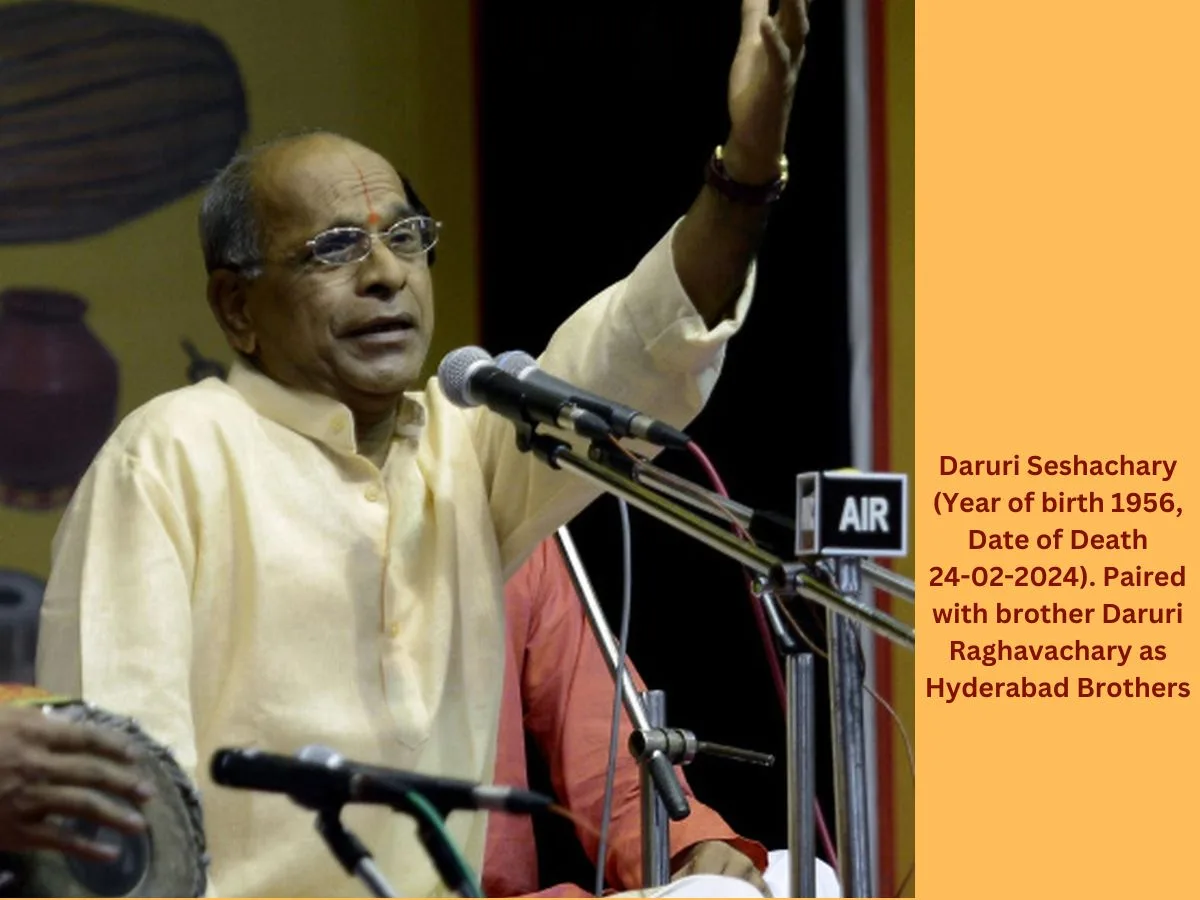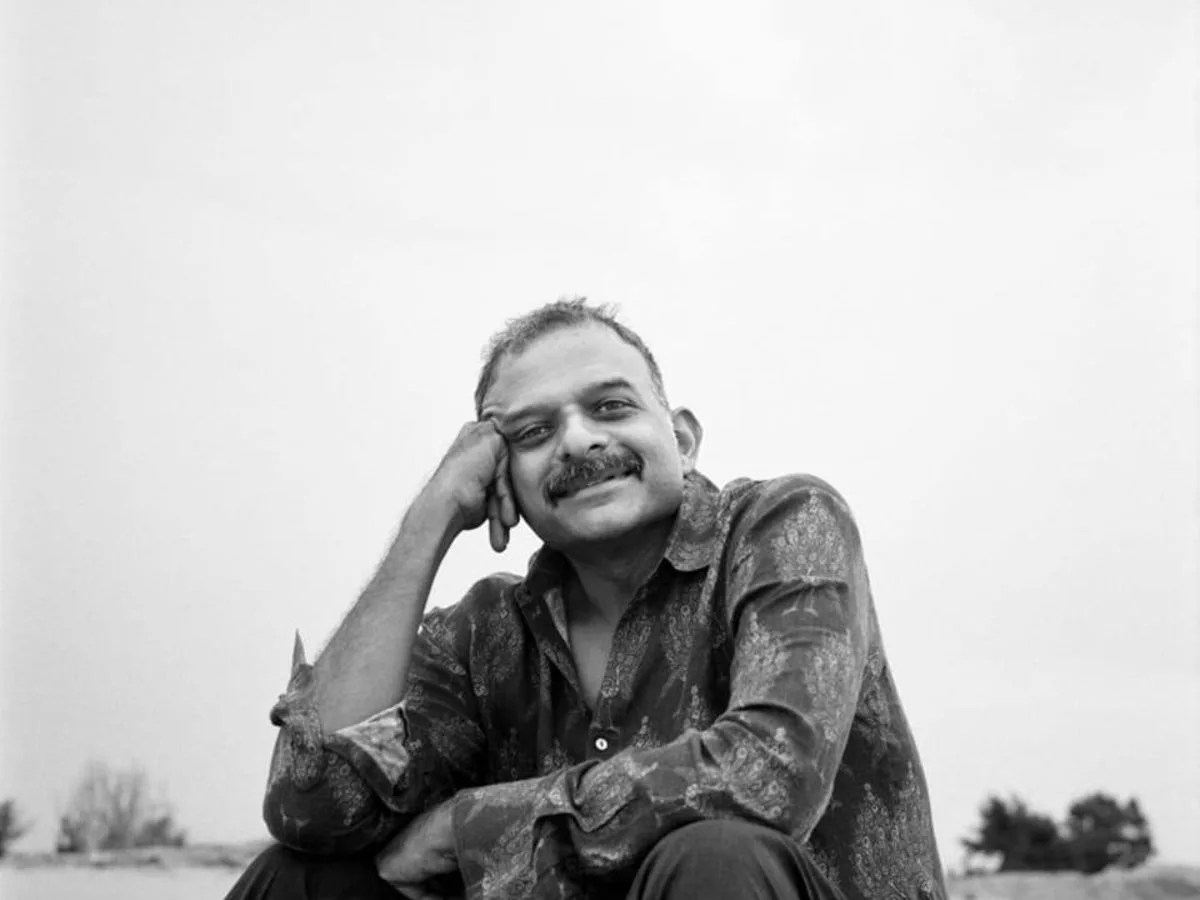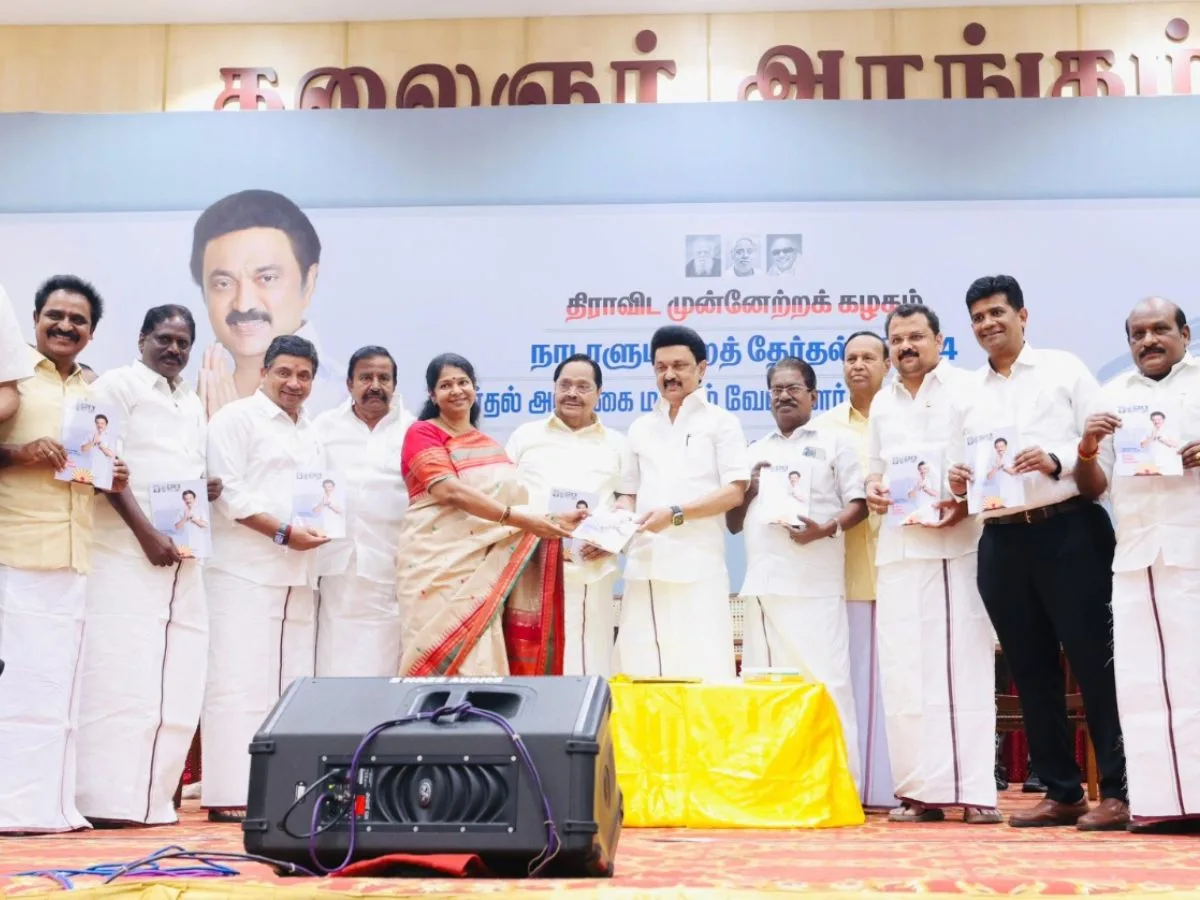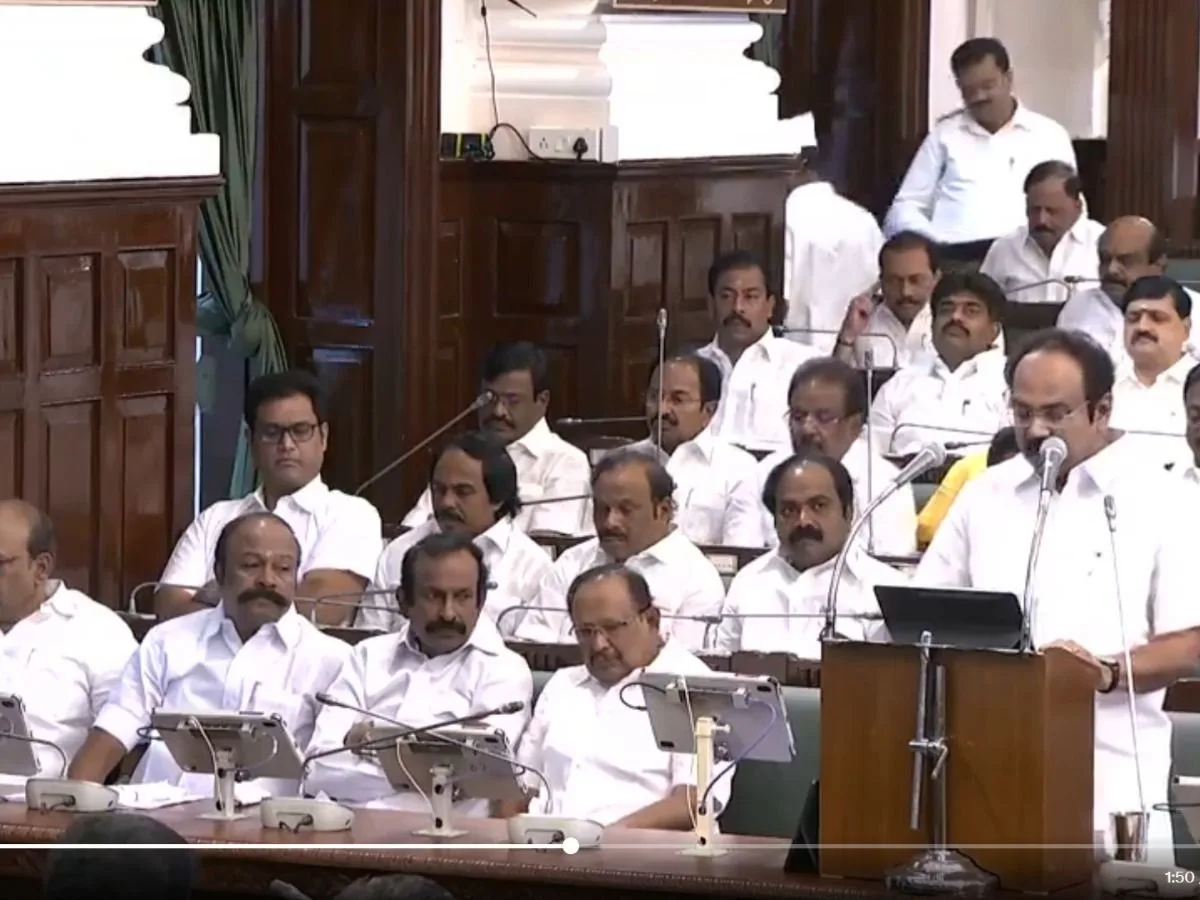Read in : தமிழ்
The Archaeological Survey of India has given its nod to move the estampages of Tamil stone inscriptions from its Mysore office to Chennai in its order dated Jan. 6. With this order, the row over estampages of Tamil inscriptions has come full circle ever since it started in 2006.
The row erupted after an article was published in a Tamil magazine alleging poor maintenance of the estampages in Mysore. Tamil inscriptions were being neglected, it was said, feeding into the politics of Tamil pride and central neglect. But the reality is more complex and more to do with resources, not politics. Nevertheless, having the records relating to Tamil inscriptions in Chennai would serve practical purposes.
Significance of stone inscriptions
Stone inscriptions play a crucial role in unearthing ancient history. Kings inscribed government orders, donations and sometimes events on stones. Not just kings, local chieftains, trade guilds, temple authorities also established stone inscriptions as documents.
Between literary evidence and stone inscriptions, the inscriptions are more authentic, says V Rajaguru from Ramanathapuram Archaeological Society. A school teacher by profession, Rajaguru has been training students and researching on stone inscriptions. “Once the stone inscription is found, estampages are made by applying the ink on the inscription and the imprint is taken on the paper. Estampages is the first step in deciphering the content on the stone inscription,” he said.
History of epigrapy in India
The epigraphy branch of the Archaeological Survey of India was founded in 1887. The branch was moved to Ooty in 1911 since cooler climes help in preservation. The office was later shifted to Mysore in Karnataka in 1966.
The ASI’s Epigraphy Wing, at present, has two major campuses. The Mysore campus hosts the estampages of Sanskrit and South Indian stone inscriptions while the Nagpur campus has Persian and Islamic estampages. The Mysore campus has two zonal offices at Chennai for South and Lucknow for North.

The Tamil article which created a row
Around 1,00,000 estampages, in which 60,000 are of Tamil stone inscriptions, are protected in the Mysore campus. The estamapages are catalogued and archived there.
The epigraphy department publishes the Annual Report on Indian Epigraphy (ARE) which is considered the gist of all the inscriptions found in the country. The department also publishes a detailed study of the inscriptions like South Indian Inscriptions (SII).
The row erupts
While the Annual Report is up to date, the detailed studies on the inscriptions have been pending for over a century now. The last volume of SII details the inscriptions found till 1920.
Under these circumstances, an article titled ‘Kaviriyum pochu kalvettum pochu’ (Lost Cauvery and stone inscriptions) was published in a Tamil magazine in 2006. The article written by a scholar detailed how the estampages are neglected in Mysore office. The study volumes were not published and the estampages were not maintained, the article alleged.
Stone inscriptions play a crucial role in unearthing ancient history. Kings inscribed government orders, donations and sometimes events on stones.
Based on this article, Tamil outfits moved to transfer the estampages to Chennai zonal office. Three years ago, a writ petition was filed in the high court. Another case was filed in 2020. After hearing the cases, the Madurai Bench of the Madras High Court in the August verdict directed the ASI to shift the estampages of Tamil stone inscriptions from Mysore to Chennai office.
Regional politics behind the row
Acknowledging that there was inordinate delay in publishing the inscription volumes, retired epigraphist Ramachandran says there are technical difficulties in documenting all the inscriptions and studying the estampages. For instance, some of the stone inscriptions are 30 to 40 feet long. The estampages taken many years ago don’t always match with the inscription, he said.
Between 2008 and 2011, former Chief Minister M Karunanidhi was the president of Semmozhi Iyakkam. The DMK was part of the ruling UPA regime. As part of alliance, the DMK could have wielded significant influence on ASI but nothing was done, he said. The proposal of the Tamil University for digitizing all the Tamil estampages in 2011 also did not materialize. “The intention of approaching the court is to malign BJP rule alleging that Tamil estampages have been systematically destroyed,” Ramachandran said.
After hearing the cases, the Madurai Bench of the Madras High Court in the August verdict directed the ASI to shift the estampages of Tamil stone inscriptions from Mysore to Chennai office.
A five-member-expert committee was formed by the High Court. The committee was asked to study the condition of estampages and provide a report. An archeologist abreast with these developments ruled out the allegations that Tamil estampages were neglected. “They were neatly protected and could be retrieved based on the requirement,” he said recalling one of his visits to the office earlier.
Challenges still persist
Across India, there is a severe shortage of experienced epigraphists. Most of the ASI epigraphists are junior officers. The epigraphy wing of the ASI still uses the services of retired epigraphists to study and publish the estampages. “The true objective of moving estampages could be achieved only when they are studied and published for the public domain,” said C Santhalingam, retired archeologist.
 The ASI recently revamped and filled 750 new posts. But not a single epigraphist was appointed, say the epigraphists. “It is true that there is severe shortage of skilled epigraphists in our country,” says V Vedachalam, retired senior epigraphist.
The ASI recently revamped and filled 750 new posts. But not a single epigraphist was appointed, say the epigraphists. “It is true that there is severe shortage of skilled epigraphists in our country,” says V Vedachalam, retired senior epigraphist.
Even if the estampages are moved to Chennai, the lack of trained manpower like epigraphists is going to be a major hurdle. Besides, the ASI office functions in St George Fort campus. Considering the climate, air-conditioned archival facilities should be established to protect the estampages. “The state government can help by establishing sufficient infrastructure for this new facility. Again, it requires coordination between state and central governments,” Santhalingam added.
Chennai office will be accessible
But epigraphy enthusiasts like Rajaguru are glad that they will be able to access these estampages easily after they are moved. It needs effort like traveling, finding accommodation and bridging language barrier when these estampages were protected in Mysore campus. “A lot of researchers will benefit from this move,” said Rajaguru.
 Researchers can collect the copies or pictures of the estampages for a fee. The accessibility will enable archaeology students a great deal, says Vedachalam. Though there are not many epigraphists in the department, there are many epigraphy enthusiasts across the state and this facility will be useful to them.
Researchers can collect the copies or pictures of the estampages for a fee. The accessibility will enable archaeology students a great deal, says Vedachalam. Though there are not many epigraphists in the department, there are many epigraphy enthusiasts across the state and this facility will be useful to them.
Moving the estampages could be considered a significant one since 30,000 plus estampages are to be studied and published, according to experts. Such detailed study would unravel lot of Tamil history and it will help the historians connect the dots.
However, the challenge lies in finding adequate skilled epigraphists to study the pending estampages as well as the central agency like ASI cooperating with the regional aspirations of Tamil outfits here.
Read in : தமிழ்











